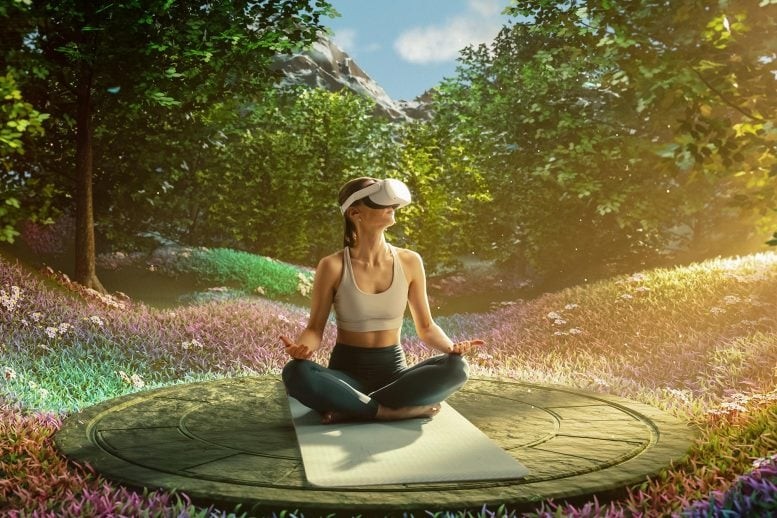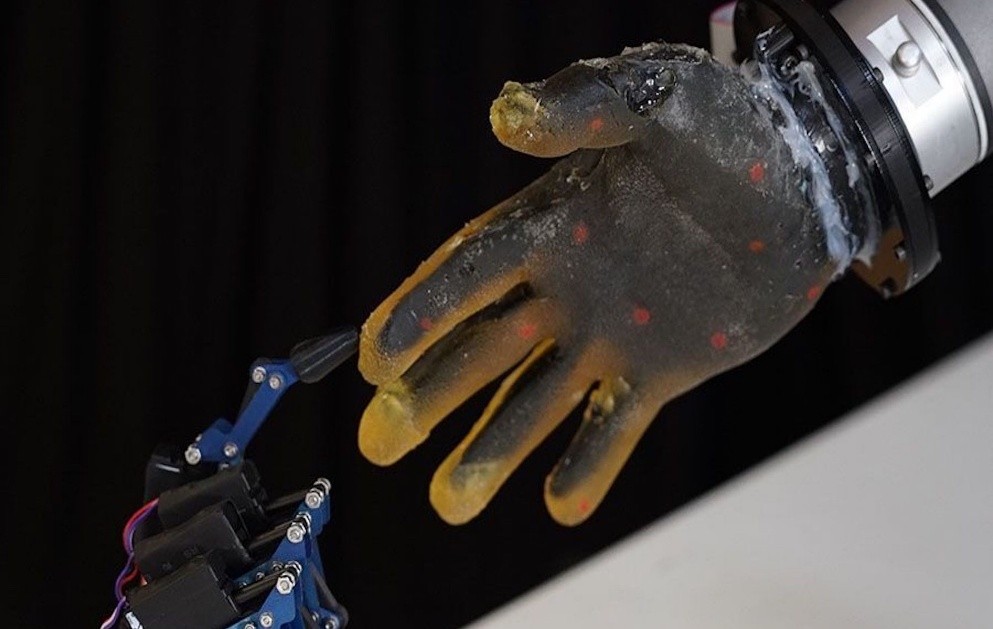Experience Tranquility in A Virtual Forest – No Hiking Needed
Nature Therapy Reimagined
A recent pilot study conducted by researchers at the Max Planck Institute for Human Development (MPIB) and the University Medical Center Hamburg-Eppendorf (UKE) has found that virtual forest environments can boost emotional well-being—especially when multiple senses like sight, sound, and smell are engaged. The results were published in the Journal of Environmental Psychology.

Figure 1. Find Peace in a Virtual Forest – No Hiking Required.
Inspired by Shinrin Yoku, or forest bathing—a Japanese wellness practice known to reduce stress and lower blood pressure—the researchers investigated whether similar benefits could be achieved through virtual immersion in nature. They also examined whether stimulating more than one sense simultaneously would enhance the effect. Figure 1 shows Find Peace in a Virtual Forest – No Hiking Required.
To explore this, they developed a high-resolution 360° virtual reality video recorded in the Sonnenberg Nature Reserve, home to Europe’s largest Douglas fir forest. The immersive experience featured natural forest sounds and the scent of Douglas fir essential oil. Participants were exposed to either a full multisensory simulation (including visuals, sound, and scent) or simplified versions focusing on a single sense—visual, auditory, or olfactory. For audio- and scent-only sessions, a neutral virtual background was used to minimize distractions and isolate the sensory effects.
Multisensory VR Forest Therapy: A New Frontier in Stress Relief
In a recent study, over 130 participants were exposed to stress-inducing images before being immersed in one of four virtual forest experiences using VR headsets. The simulations varied in sensory input—some included only visuals, sound, or scent, while others combined all three. Results revealed that the full multisensory experience (sight, sound, and smell together) led to a significantly greater boost in mood and a stronger feeling of connection to nature than single-sense exposures.
In addition to emotional benefits, the researchers observed modest improvements in working memory, the mental function responsible for short-term information processing and recall.
Cautious Optimism and Future Potential
While the findings are promising, the researchers emphasized that the effects are context-dependent and not yet universally applicable. Larger studies are needed to confirm the results and uncover the underlying mechanisms behind nature's restorative power in digital form.
Real Emotions, Virtual Nature
“Digital nature can clearly produce emotional effects—even if it doesn’t replace real nature,” said Leonie Ascone, lead author and researcher at UKE’s Neuronal Plasticity group.
Simone Kühn, head of the study and Director at the Max Planck Institute’s Center for Environmental Neuroscience, added:
“In settings with limited access to nature—such as hospitals, waiting rooms, or city buildings—VR forest simulations or curated nature content could help improve mental well-being. The visuals, sounds, and scents of nature hold untapped potential for enhancing both mood and cognitive function.”
In fact, recent work by Kühn and collaborators from universities in Vienna, Exeter, and Birmingham shows that even watching nature videos can reduce the perception of physical pain (Steininger et al., 2025).
Key Takeaways
- Multisensory forest VR significantly enhances mood and nature-connectedness compared to single-sense experiences.
- The study used a 360° VR video filmed in Europe’s largest Douglas fir forest, paired with natural sounds and forest scents.
- Potential applications include clinics, urban areas, and public spaces with limited access to green environments.
Source: SciTECHDaily
Cite this article:
Priyadharshini S (2025), Experience Tranquility in A Virtual Forest – No Hiking Needed, AnaTechMaz, pp.349















